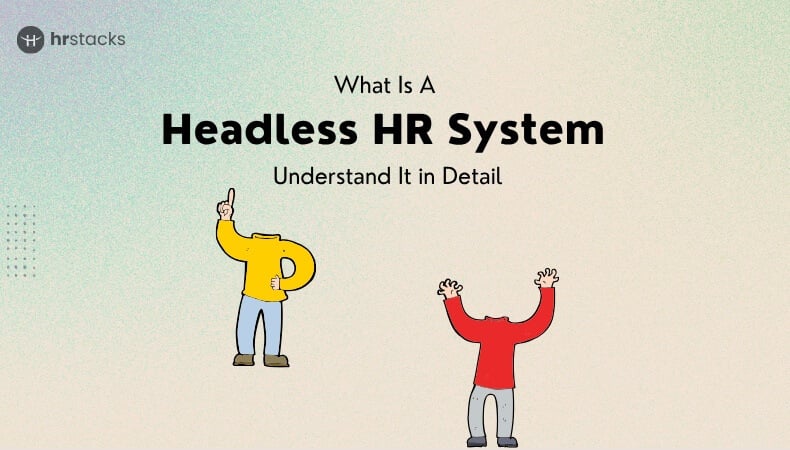How an HRIS with integrated payroll can help with 2024 legislative changes in summary:
- 2024 is set to be a busy year for HR teams thanks to a raft of new legislative changes.
- Luckily, an HRIS with integrated payroll can be a game changer for high-performing HR teams. It can save time via automation, cross-module data synchronisation and support better data security.
- An HRIS with integrated payroll will help with a number of upcoming legislative changes. These include the right to request flexible work, the right to request a predictable working pattern, changes to carers and neonatal leave and changes to maternity and sick pay rates.
There’s rarely a dull year in payroll.
For instance, in just the last few years, payroll functions have contended with the administration and implications of the one-off cost of living payments. In 2020-21, delivering furlough pay (remember those?) was the priority. Now, pension changes, living wage and minimum wage uprating, as well as near-constant technological advancements are top of the agenda.
2024 is set to be no different. Indeed, across the year there are a series of incoming legislative changes that are set to change the way that payroll teams have to deliver for staff. This includes changes to sick pay rates to carer’s leave.
However, battle-hardened HR and payroll practitioners know that the tiniest tweak to employment law can create changes to pay administration. From documentation and contracts, to even succession planning and talent management… a small legislative change can lead to major upheaval.
Luckily, having an all-in-one modular HRIS with integrated payroll can be the game changer. They can save you time via automation and cross-module data synchronisation, while giving HR teams peace of mind that any sensitive updates are kept secure. Not to mention making complex, multi-part tasks simpler (and safer).
To help understand the laws and where an all-in-one HRIS with integrated payroll can help, Cezanne has compiled a list of some of the biggest incoming legal changes this year. Read on to find out more…
Right to request flexible work
From 6th April 2024, employees will have a day-one right to request flexible working twice a year. No longer will they have to explain why they want it. Instead, employers will have a legal duty to consult with their employees about their requests and make a decision within two months.
The crux for employers is even if they’re amenable to such requests, is that flexible working can mean a lot of things. For example, it could mean compressed hours, hybrid or flexible work, part-time hours, compressed hours, or even a job share. While the change is a progressive one, it’s an administrative headache for HR and payroll teams in the making.
For instance, there’s tracking and noting the conversations about flexibility. There’s the need, if flexibility is granted, to change documentation and potential impact on pay rates (in the instance of part-time hours or job sharing).
If there’s a groundswell of employee preference for a particular flexible working style – say remote working – it could require an update to working structures and HR policy. Already, that’s payroll, contracts, time tracking, and documentation all impacted. There’ll also be likely follow-up considerations for how this impacts succession planning and performance monitoring.
For HR, all these facets need to be handled quickly and accurately. If all those elements are in one comprehensive HRIS with integrated payroll, that’s data sharing (between modules) already set-up. That means changes that won’t take hours and hours of your precious time!
And, with access to a data analytics module, you can check how many staff have gone flexible and potentially roll out a survey to understand if more want to. All that means you stay on trend and aligned with what your staff want and need.
Right to request a predictable working pattern
From September 2024, for those with unpredictable working patterns (and who’ve worked for 26 weeks or more), there will be a legal right to ask for much more stable work hours. As a result, it could impact employers who use zero-hour and agency workers.
So, how might an all-in-one HRIS help here? Well, if a company uses a lot of these workers, it might end up with a lot of administration all at once when the law change hits. This will mean changes to time tracking and potentially pay.
Consider someone on a zero-hour contract, for example. They might need to change to a new contract and pay method if a change in hours occurs. This might require different pay runs within the same period – something an HRIS with integrated payroll can support.
Also, despite needing to change the administrative side of things — such as pay, contracts, and time tracking — the best HR teams will want to know how this impacts engagement, productivity and unplanned absence. With Cezanne’s HRIS, the integrated Pulse Survey, data Insights and Absence Management modules allow you to see if changes are having the intended effect.
Carers and neonatal leave
Another big change from this April is statutory carers’ leave and neonatal care leave. For carers having met certain conditions, employees can take a week of unpaid leave to look after someone who relies on them. For parents of babies in neonatal care, from day one they will qualify for up to 12 weeks of neonatal.
Again, while a progressive change, many in HR and payroll might be thinking there are multiple considerations, here. Not only does this change mean keeping the business in mind — such as updating payroll to ensure that pay for unpaid leave doesn’t go through; all the while with this data accurately showing up in key reports, from leave deductions to P60s — but also delivering for the impacted employee.
For HRIS platforms such as Cezanne, its core People module means admin users can activate key alerts to remind them when staff are returning. Plus, they can upload documents, and help manage workflows for teams who have lost staff to extended time off.
In addition, any longer leave periods can be digitally documented and then accessed alongside career and succession planning, too. This ensures that family emergencies or care needs don’t count as a poor mark against potential progression.
Changes to maternity and sick pay rates
April will also see maternity pay changing. Those who qualify are entitled to receive it for 39 weeks at a rate of 90% of their gross weekly max up to a maximum of £184.03 per week. Sick pay is also rising by circa £7 a week, something that HR teams must be aware of, too.
While for some who already use integrated HRIS with integrated payroll this might seem like a doddle! For others who don’t though, this requires time consuming manual processes. Changing documentation in one folder area, changing pay rates in another Excel spreadsheet… And then, double-checking with managers or individuals themselves about instances of absence! Whether that’s a single day of illness or an extended period for maternity… it all eats into precious time!
Here, an all-in-one HRIS with integrated payroll can solve those manual admin issues. For example, with an integrated payroll module, you can ensure correct deductions for sick and maternity leave are made. Plus, the time away from work is tracked in the Absence Management module. So, there’s no need for timely double uploads either, because data is synced across modules.
For HR and talent teams, this can forestall any inequality issues. This is because users will have a greater understanding how such absences interact with performance, promotions, recruitment and pay rises. Important for businesses that want to maintain a good reputation – something that’s abetted by top-quality security across the entire HRIS.
With ISO27001 certification, GDPR compliance, secure sign-ons and reliable hosting, you know that everything from payroll to absence information is safe and secure. All vital in this day and age.
Author bio
Dan Cave is an award-winning HR journalist and editor. He’s been reporting in the HR space for over five years and works across the national business press.











